1. Electric Vehicles (EVs)
The shift towards EVs represents a significant advancement in reducing emissions and dependence on fossil fuels, with innovations in battery technology improving range and charging speed.
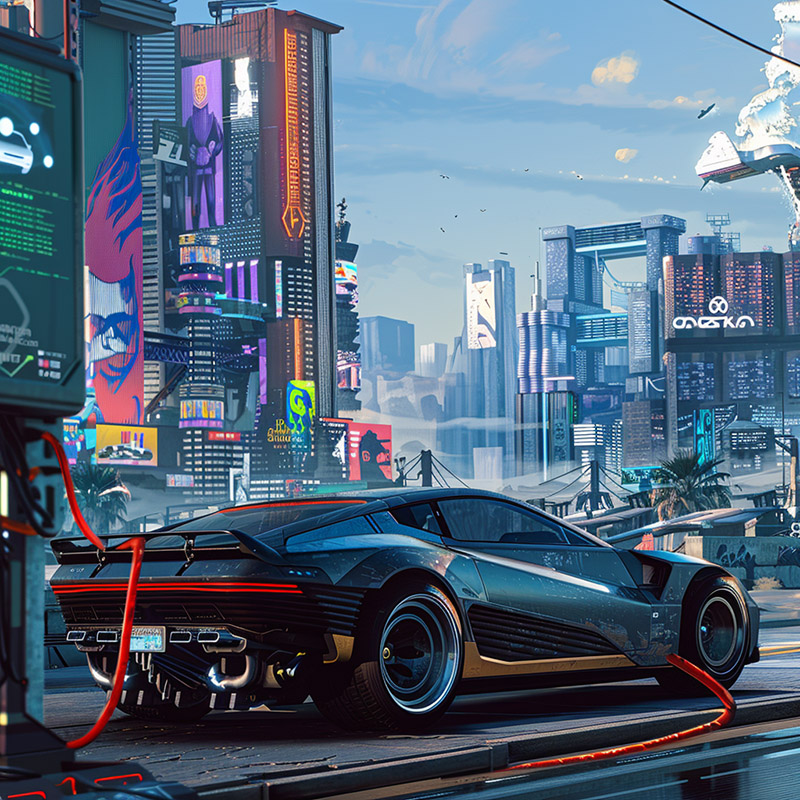
How Advances in Electric Vehicles will Improve Transportation
Advances in electric vehicle technology, particularly in battery life, charging infrastructure, and energy efficiency, promise to revolutionize personal and public transportation. As batteries become more capable of longer ranges and faster charging times, EVs will become increasingly practical for a wider range of users, reducing reliance on fossil fuels and significantly lowering greenhouse gas emissions. The expansion of charging networks will further enhance the convenience of using EVs, making electric transportation a viable option for daily commutes and long-distance travel alike.
2. Autonomous Driving Systems
Self-driving technology is evolving rapidly, with advancements in AI, machine learning, and sensor technology enhancing the safety and efficiency of autonomous vehicles.
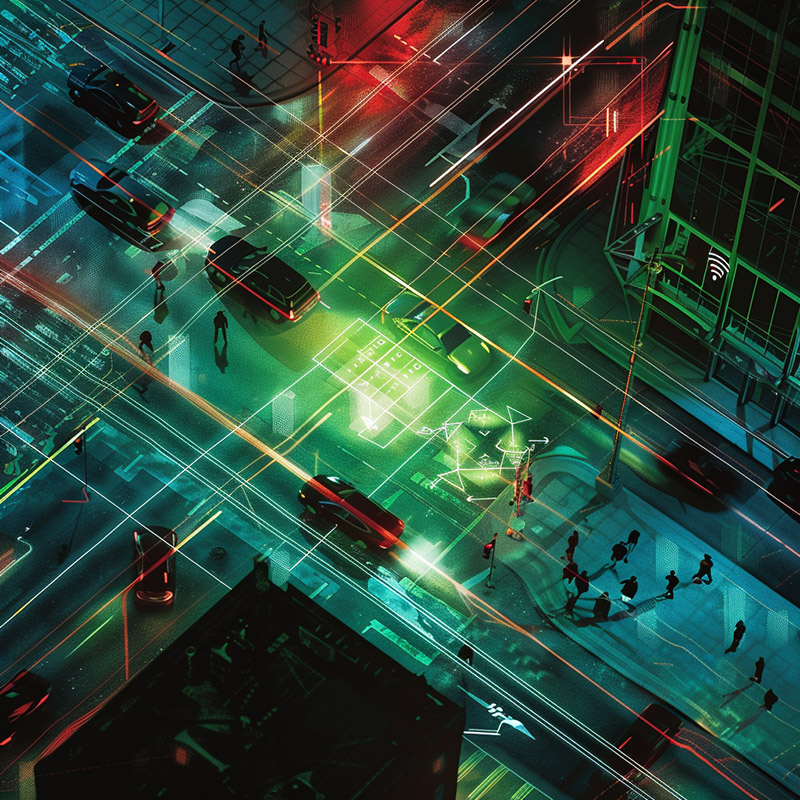
How Advances in Autonomous Driving will Improve Transportation
The development of autonomous driving systems is set to transform the driving experience by improving safety, efficiency, and convenience. With advancements in AI, machine learning, and sensor technology, self-driving vehicles can navigate complex environments with greater precision than human drivers, reducing the likelihood of accidents caused by human error. Furthermore, autonomous vehicles can optimize routes in real-time to avoid congestion, leading to smoother traffic flow and reduced travel times, while also providing mobility solutions for those unable to drive.
3. Hyperloop
This high-speed transportation system, which propels pods through low-pressure tubes, promises to drastically reduce travel times between major cities while being energy efficient.
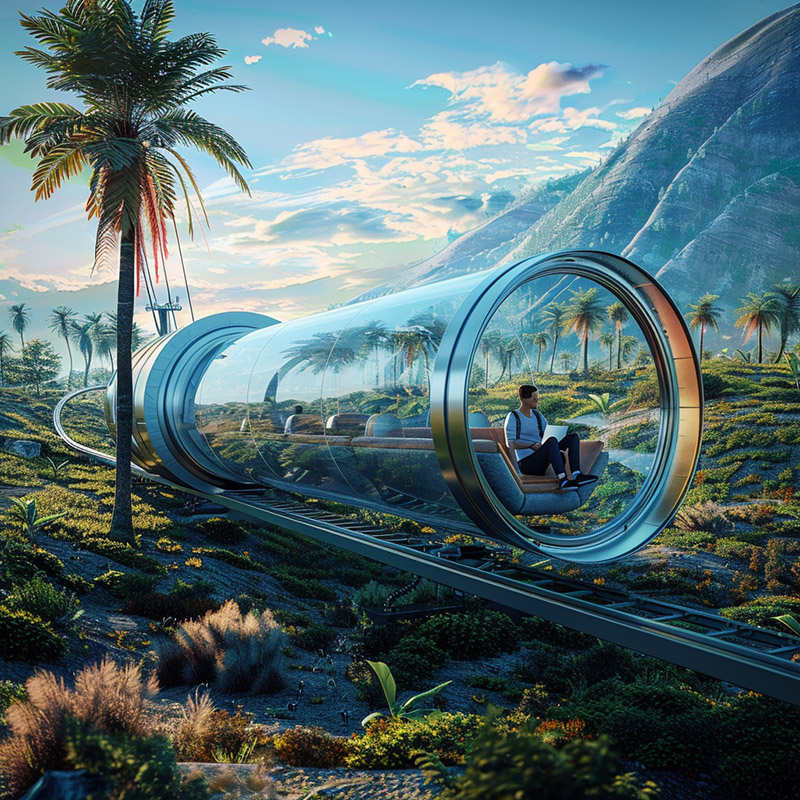
How Advances in Hyperloop Technology will Improve Transportation
The Hyperloop technology, with its promise of propelling passengers and cargo through low-pressure tubes at airplane-like speeds, could drastically reduce travel times between cities and continents. By minimizing friction and air resistance, the Hyperloop aims to offer an energy-efficient, high-speed transportation alternative. As this technology advances, it could redefine long-distance travel, making it possible to commute between major cities in minutes rather than hours, with significant implications for economic connectivity and urban development.
4. Drones for Delivery and Logistics
The use of drones is expanding beyond surveillance and photography to include the delivery of goods and medical supplies, offering a faster and more flexible distribution network.
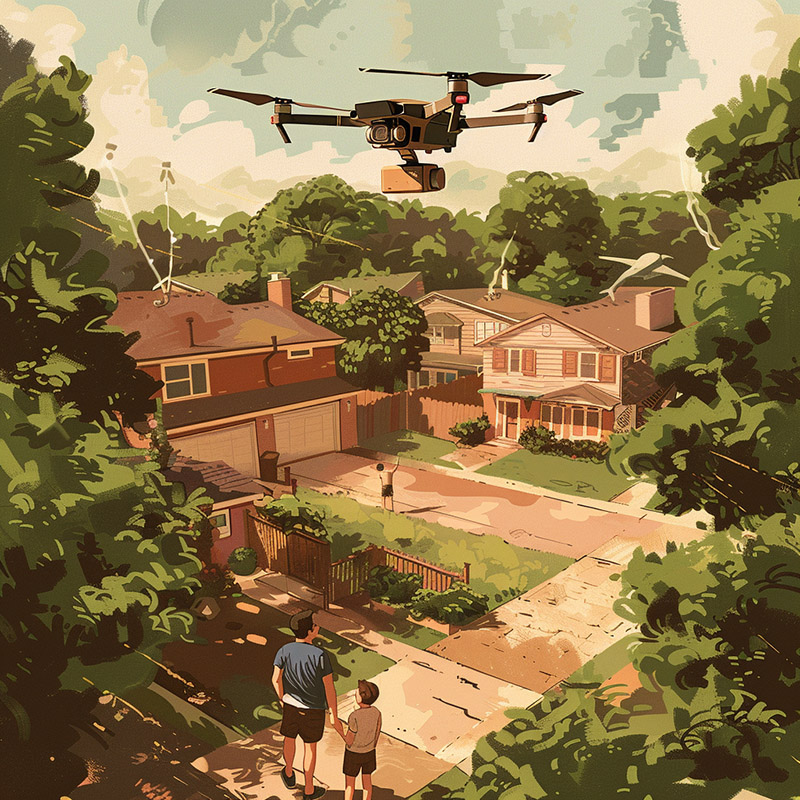
How Advances in Drone Delivery will Improve Transportation
Drones are set to significantly impact delivery and logistics services by providing a faster, more flexible delivery option, especially for last-mile deliveries. As drone technology advances, including improved navigation, increased payload capacity, and longer flight times, drones will be able to deliver a wider range of goods over longer distances. This will not only speed up delivery times but also reduce road traffic and associated emissions, contributing to more sustainable urban environments.
5. Maglev Trains
Magnetic levitation (Maglev) technology allows trains to float above the tracks, eliminating friction and enabling much higher speeds than traditional rail, along with reduced maintenance costs and noise.
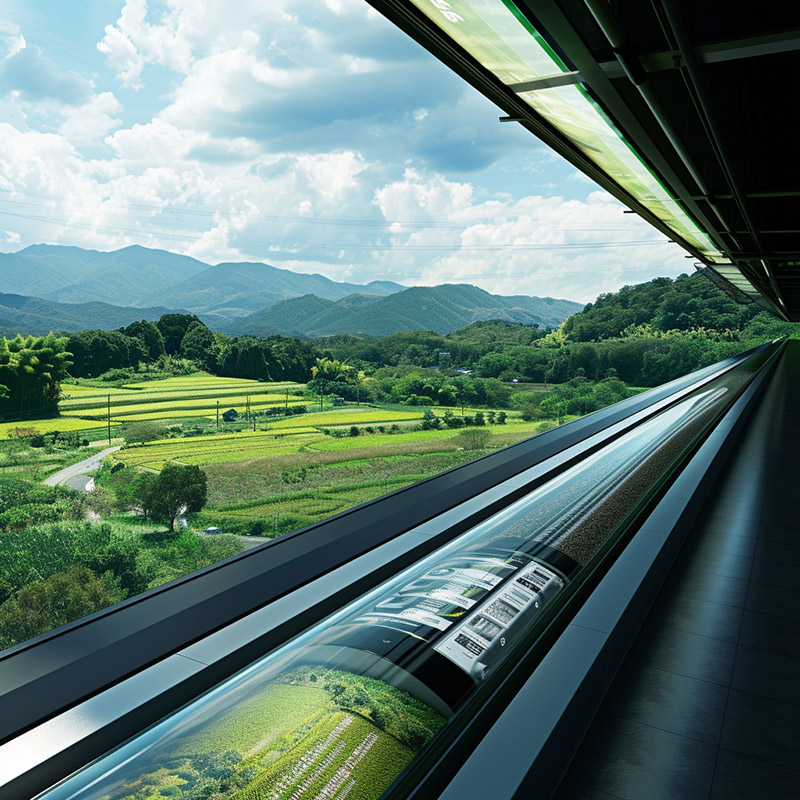
How Advances in Maglev Trains will Improve Transportation
Magnetic levitation (Maglev) trains represent a leap forward in rail transportation, offering frictionless, high-speed travel. As Maglev technology advances, these trains could reach unprecedented speeds, significantly cutting travel times between urban centers. Additionally, the reduced friction and lower maintenance requirements offer a more sustainable and cost-effective alternative to traditional rail, potentially transforming intercity travel and reducing the reliance on air travel for short-to-medium distances.
6. Electric Bikes and Scooters
The proliferation of electric bikes and scooters is transforming urban mobility, offering an eco-friendly, cost-effective, and efficient alternative for short-distance travel.
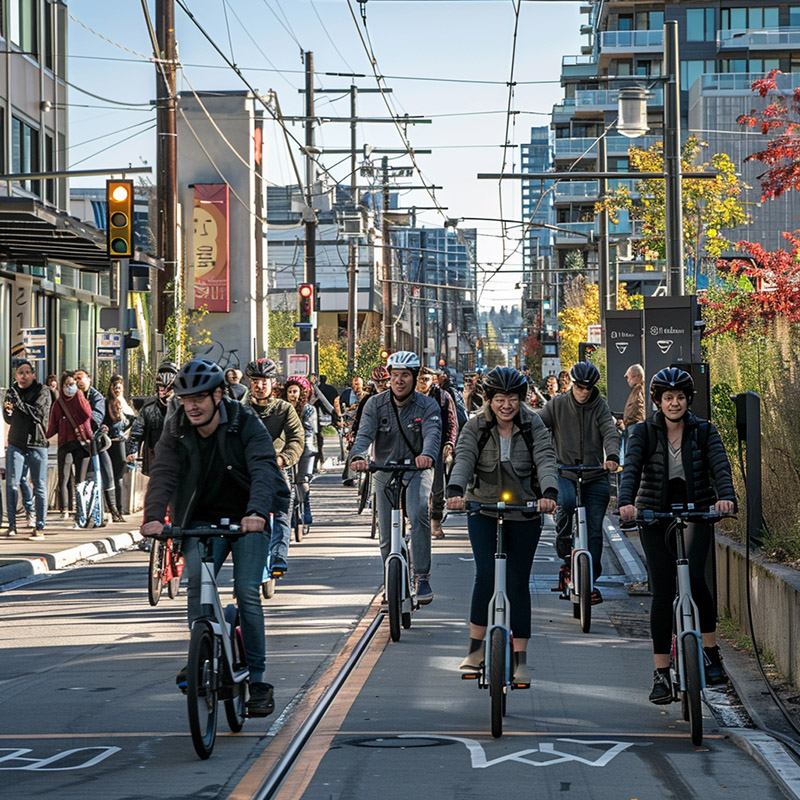
How Advances in Electric Bikes and Scooters will Improve Transportation
The proliferation of electric bikes and scooters is enhancing urban mobility by offering an eco-friendly, efficient, and convenient alternative to cars for short-distance travel. Advancements in battery technology and motor efficiency are making these vehicles more accessible and practical for everyday use. As cities expand their cycling infrastructure, e-bikes and e-scooters could play a pivotal role in reducing urban congestion and emissions, while promoting healthier lifestyles.
7. Connected and Intelligent Transportation Systems (ITS)
Leveraging IoT and connectivity, ITS improve traffic management, safety, and the overall efficiency of transportation networks by enabling real-time data exchange and analysis.
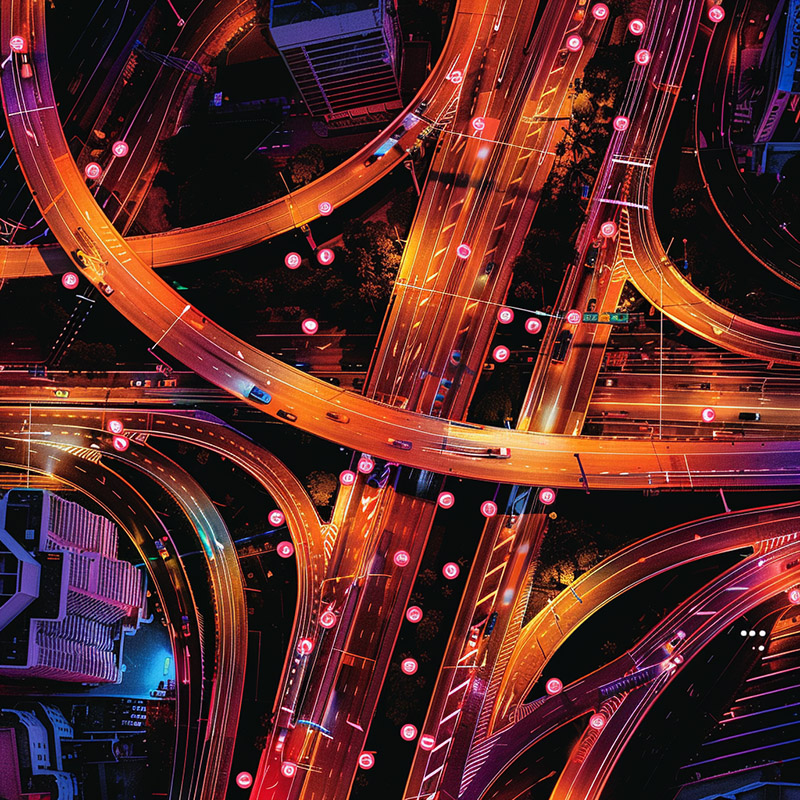
How Advances in Intelligent Transportation Systems will Improve Transportation
ITS use advanced communication technologies to improve traffic management, safety, and the efficiency of transportation networks. Future advancements in ITS will enable more sophisticated data analysis and real-time decision-making, reducing congestion and enhancing the responsiveness of emergency services. By integrating vehicles, infrastructure, and mobile devices, ITS will provide a more seamless and efficient transportation experience, adapting dynamically to changing conditions and user needs.
8. Flying Cars and Urban Air Mobility (UAM)
Advances in VTOL (vertical take-off and landing) technology, electric propulsion, and autonomous flight controls are bringing the concept of flying cars closer to reality, aiming to alleviate ground traffic congestion.
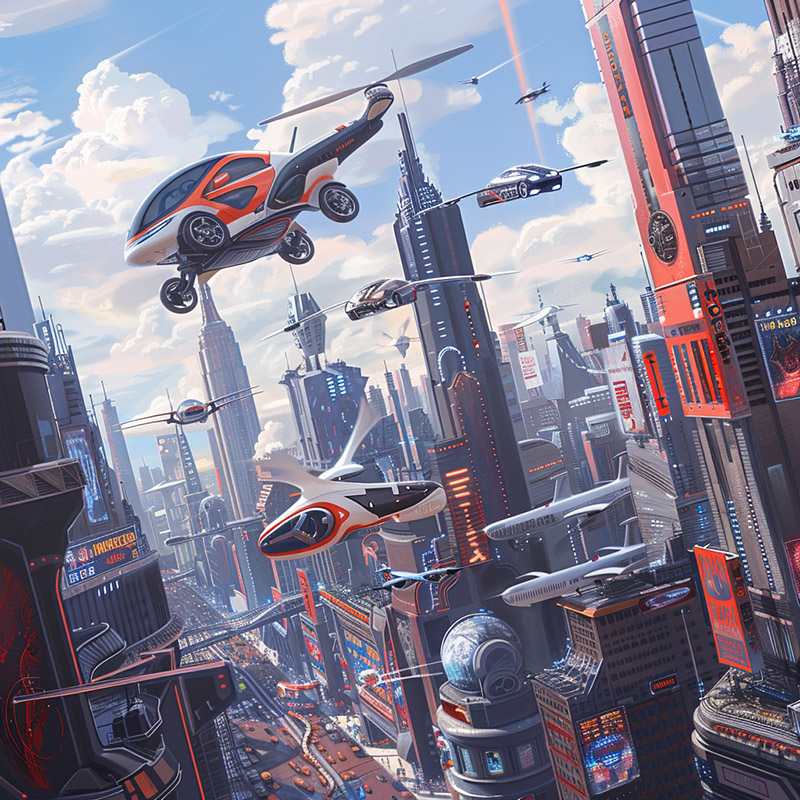
How Advances in Flying Cars will Improve Transportation
Flying cars and UAM are on the brink of becoming a reality, offering a new dimension in urban transportation. Advances in electric propulsion, lightweight materials, and autonomous navigation will enable safe, efficient, and sustainable air travel within and between cities. This technology has the potential to drastically reduce commute times, alleviate ground traffic congestion, and open up new avenues for city planning and development.
9. Smart Infrastructure
Smart roads and bridges equipped with sensors and smart traffic signals that communicate with vehicles to optimize traffic flow, improve safety, and reduce congestion are advancing the infrastructure of transportation networks.
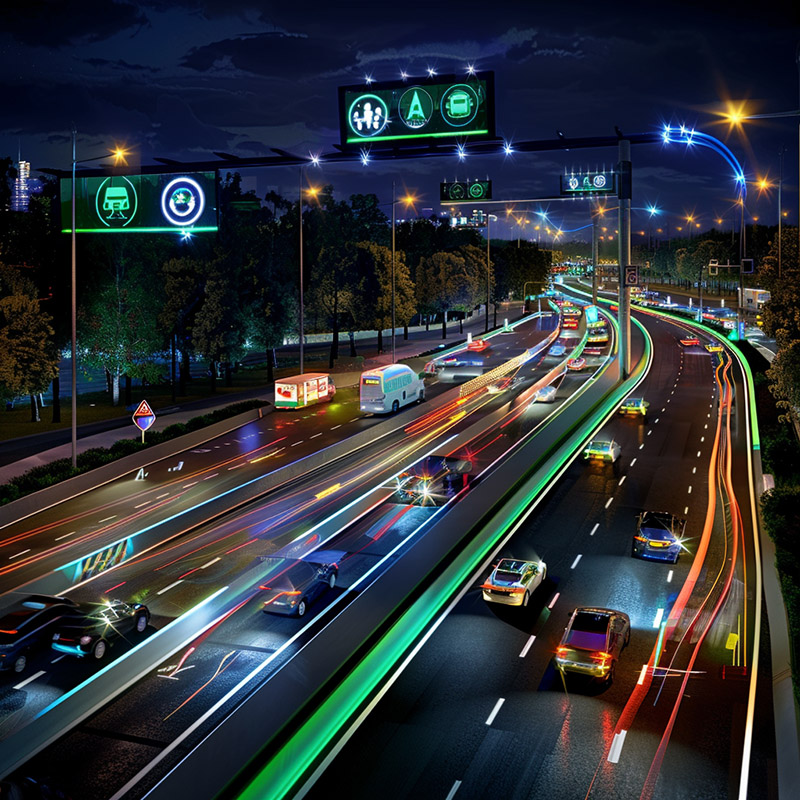
How Advances in Smart Infrastructure will Improve Transportation
Smart infrastructure uses IoT technology to create more responsive and adaptive transportation systems. Future developments in sensor technology, data analytics, and wireless communication will allow roads, bridges, and traffic management systems to better respond to real-time conditions, improving safety and efficiency. This will enable smarter routing, predictive maintenance, and more effective congestion management, enhancing the overall quality and sustainability of transportation networks.
10. Space Tourism
Technological advancements in reusable rockets and space vehicles are making space tourism a viable option, with several companies working towards offering commercial trips to space in the near future.

How Advances in Space Tourism will Improve Transportation
Space tourism is poised to become an accessible luxury, with advancements in reusable rocket technology and spacecraft design reducing the cost of space travel. As companies continue to innovate, space tourism will offer unprecedented experiences for civilians, while also spurring technological advancements in propulsion, life support, and sustainable space habitation. This pioneering sector holds the promise of not only opening up space for more people but also driving innovations that could benefit environmental sustainability and other areas of space exploration.